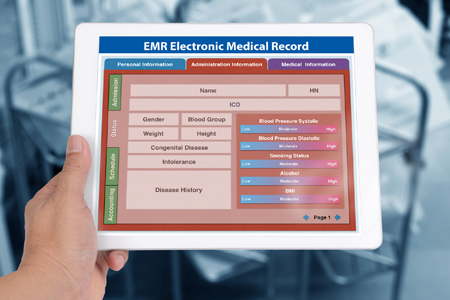
@ShahidNShah


In 2020, the healthcare industry went through a massive crisis caused by the COVID-19 pandemic. In some cases, the adaptation involved realizing that industry strongholds, such as care delivery models and EMR systems, needed some changes. While providers successfully managed to introduce new models of care delivery, changing the EMR structure and logic would be too complex amidst the crisis. Now, as the pandemic has loosened its grip, the time feels right for modifying the EMR, and some statistics support the idea. Grand View Research predicts the market for EMR software development will grow further in 2021-2028.
The pandemic propelled long-awaited changes in healthcare delivery. Thus, in 2020, telemedicine consultations skyrocketed, and patients grew to trust that quality care could be achieved remotely, in the comfort of their homes. In December 2020, the U.S. Centers for Medicare & Medicaid Services (CMS) made 60 telehealth services permanent. What’s more, mHealth apps and remote patient monitoring tools also proved their reputation.
As a result, the healthcare industry and its key stakeholders witnessed a meaningful shift in patients’ behavior. They transitioned from being patients to being consumers who make informed decisions, employing quality data regarding their health parameters. This is exactly where EMR systems come into play.
Continue reading at meddeviceonline.com
The COVID-19 pandemic has exacerbated healthcare disparities across the globe. These disparities are easily identified when you compare patients across different characteristics such as gender and …
Connecting innovation decision makers to authoritative information, institutions, people and insights.
Medigy accurately delivers healthcare and technology information, news and insight from around the world.
Medigy surfaces the world's best crowdsourced health tech offerings with social interactions and peer reviews.
© 2025 Netspective Foundation, Inc. All Rights Reserved.
Built on Apr 22, 2025 at 12:57pm